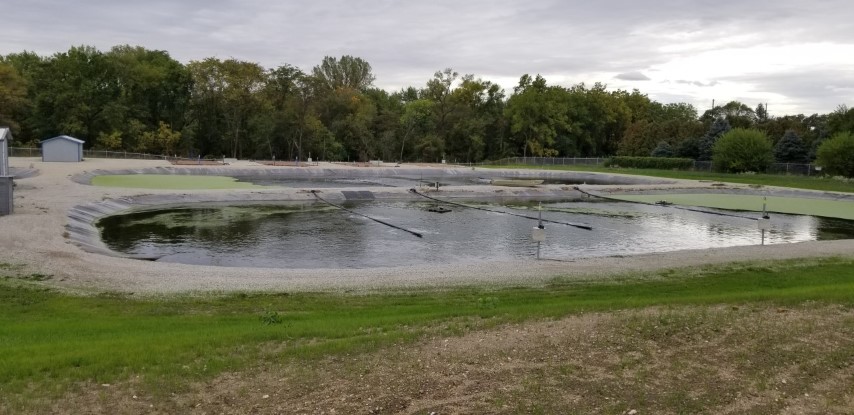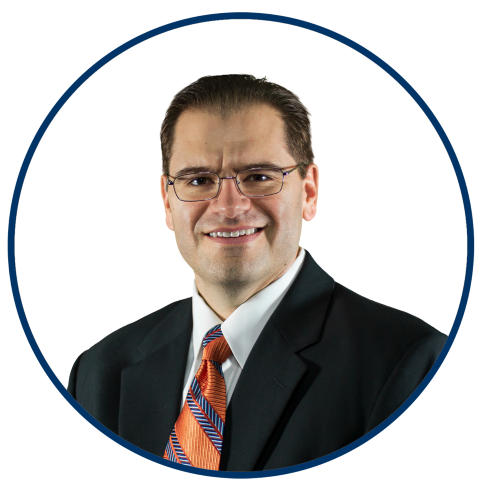What is the best method for wastewater treatment?
Contaminant type and quantity, coupled with local effluent regulations, constitute key factors that influence a municipality's approach to wastewater treatment. Large amounts of oxygen-demanding substances, nutrients and synthetic organic chemicals in effluents today pose challenges far more complex than what most Publicly Owned Treatment Works (POTWs) experienced in the past. Increasing urbanization and population growth further tax aging treatment plants and highlight the need for innovative, cost-effective methods for wastewater treatment.
The Clean Water Act (CWA) mandates that municipal wastewater effluents undergo secondary treatment, but conventional secondary treatment processes do not remove substantial amounts of nutrients such as nitrogen and phosphorus. Consequently, the biomass from secondary treatment may contain trace elements and organic compounds that require additional levels of treatment. Estimates suggest about 30% of wastewater treatment facilities in the U.S. produce cleaner discharges through advanced wastewater treatment.
Whether your local POTW requires basic treatment processes or advanced methods, each municipality must decide the best method for wastewater treatment. The challenge is to evaluate, plan and design treatment solutions to protect environmental and community health.
Basic wastewater treatment processes
Wastewater treatment methods accelerate natural water purification processes and use biochemical oxygen demand (BOD) in the wastewater to establish POTW health. Basic treatment processes combine physical, biological and chemical components that span preliminary, primary, secondary and advanced stages of wastewater treatment.
Physical process
Many modern wastewater facilities remove solids and debris from the influent water by passing it through screens. Some plants employ devices such as barminutors or comminutors to cut and shred the solids and heavy materials. The screened wastewater then enters a grit chamber where gravity allows the sand and grit to settle out. POTWs can apply a finer screen following the grit chamber to ensure the removal of other materials that might affect pumps and other equipment.
After the screening is complete, wastewater containing suspended particles and dissolved organic and inorganic substances flows into the sedimentation tank. As the suspended solids settle at the bottom of the tank, the primary sludge must be removed. Municipal treatment plants may remove the primary sludge either continuously (with the help of mechanical equipment) or at regular intervals.
Biological process
Biological processes define the secondary treatment of wastewater. By introducing oxygen into the wastewater, microorganisms such as bacteria, algae and fungi can consume organic matter in sewage and break it down into new cells. With conventional treatment methods that include attached growth processes and suspended growth processes, secondary treatment can remove up to 90% of the dissolved organic matter.
Attached growth process
The attached growth process unit in most POTWs includes a trickling filter, biotower and rotating biological contactor. In older treatment plants, the trickling filter is composed of stones or rocks that facilitate microorganism growth. New wastewater plants use synthetic media such as plastic balls or sheets of corrugated plastic to provide a larger surface area for microbial growth. When the wastewater passes through such media, microbes consume the oxygen-demanding organic matter to render the wastewater devoid of biodegradable material.
Suspended growth process
Similar to the attached growth process, the suspended growth process removes organic material from wastewater. The suspended growth of aerobic bacteria and other microorganisms in the aeration tank converts ammonia nitrogen to nitrate and removes biodegradable organic nitrogen-containing material.
Wastewater treatment plants display variations of activated sludge, sequencing batch reactors and oxidation ditches to facilitate attached growth. To run the aeration system, most treatment plants use mechanical aeration or forced aeration — or a combination of both. Although requirements for the suspended growth process are small relative to the attached growth process, the need for continuous aeration results in higher energy consumption for POTWs.
Lagoons
To offset the high energy costs generated by secondary wastewater treatment, many POTWs invest in wastewater lagoons or treatment ponds. A wastewater lagoon system allows microbes to interact with sunlight and oxygen to provide energy-efficient physical and biological treatment processes. Treated wastewater from lagoons is considered equivalent to the effluent from conventional secondary treatment processes. That is why more than one-fourth of POTWs across the U.S., especially in smaller communities where land is more available, depend on lagoons for wastewater treatment.
However, secondary treatment processes are often unable to remove nitrogen and phosphorus from wastewater. Nitrogen in the form of nitrate in effluent stimulates excessive algae growth and can hamper aquatic life. Depending on the local effluent limitations for nutrients, treatment plants provide additional biological treatments such as denitrification to remove nitrogen from wastewater. Some municipal wastewater plants also conduct biological nutrient removal (BNR) and tertiary physical-chemical processes to remove nitrogen and phosphorus from the treated water to low levels.
Chemical process
Chemical coagulation-flocculation-filtration can further remove solids from effluent. Chemical coagulation accomplished by adding alum, iron salts or lime to the wastewater followed by flocculation with an appropriate valent polymer and filtration with suitable media can effectively remove phosphorus to water-quality based effluent levels prior to discharging effluent into the waterway. Chemical processes such as carbon adsorption remove trace organic substances resistant to biological treatment. Although this process produces cleaner discharges, POTWs often decide against it because of excessive costs.
When choosing the best method for wastewater treatment for your local municipal plant, you need to consider the local effluent standards and the funds available to invest in the most effective treatment methods.
Deciding the best method for wastewater treatment for your community
What works as the best method for wastewater treatment for other communities might not work for yours. That is why it is critical to assess the contaminants present in the effluent stream of your local POTW through a wastewater treatability study and inflow/infiltration study.
The team of licensed engineers and operators at Fehr Graham can help you develop environmentally compliant and cost-effective solutions to improve the quality of wastewater effluents. Our expertise in inflow/infiltration studies, nutrient removal, collection system modeling, design and rehabilitation have assisted communities across the U.S. in upgrading their treatment systems.Fehr Graham is more than a standard engineering and environmental consulting firm. Contact Us to learn more about how we can partner with your community and help you discover the best method for wastewater treatment, or give us a call a 217.352.7688.
Collaborative, Insightful, Results-Driven Solutions
Fehr Graham provides innovative engineering and environmental solutions to help improve the lives and communities of our customers.


